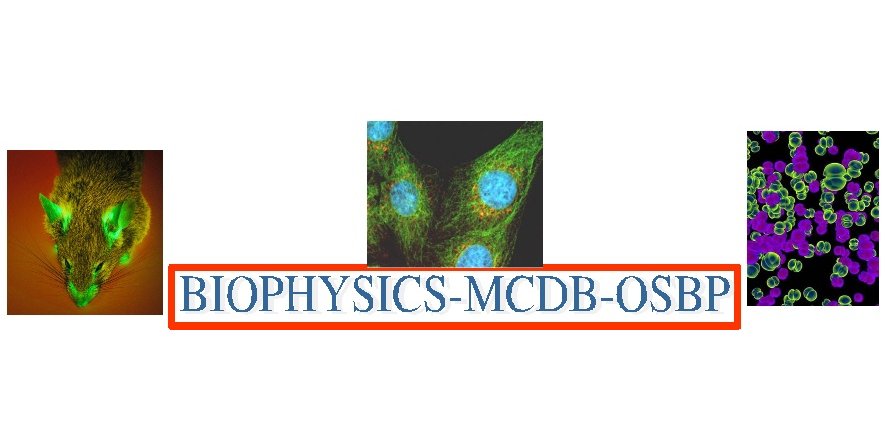Interdisciplinary Graduate Programs Symposium

2010 OSU Molecular Life Sciences
Interdisciplinary Graduate Programs Symposium

Poster abstracts
Abstract:
Eukaryotic cells must integrate information from multiple signaling pathways in order to respond appropriately to changes in the environment. These pathways can also interact with each other and thereby further modulate the intracellular response. A full understanding of signal transduction therefore requires a thorough knowledge of these latter interactions. Here, we examined the relationship between two signaling pathways in Saccharomyces cerevisiae that are essential for the coordination of cell growth with nutrient availability. These pathways involve the cAMP-dependent protein kinase (PKA) and Tor proteins, respectively. Although these pathways control a similar set of processes important for growth, it was not clear how their activities were coordinated in vivo. Here, we examined this coordination and in particular, tested whether the PKA pathway was a downstream effector of the TORC1 signaling complex. Our data indicate that neither of these signaling pathways is under the direct control of the other. Instead these PKA and TORC1 pathways appear to be functioning in parallel to control similar aspects of cell growth. Interestingly, however, we did find evidence of cross-talk occurring between these pathways that appeared to be mutually inhibitory in nature. Diminished signaling through either pathway was found to result in an up-regulation of the other. We propose a model suggesting that these inhibitory interactions provide a buffering function that allows the cell to maintain a more constant rate of growth in response to fluctuations in nutrient availability. The potential significance of this type of regulatory circuit for the regulation of cell growth and overall fitness is discussed.
Keywords: PKA, TORC1, Rapamycin